
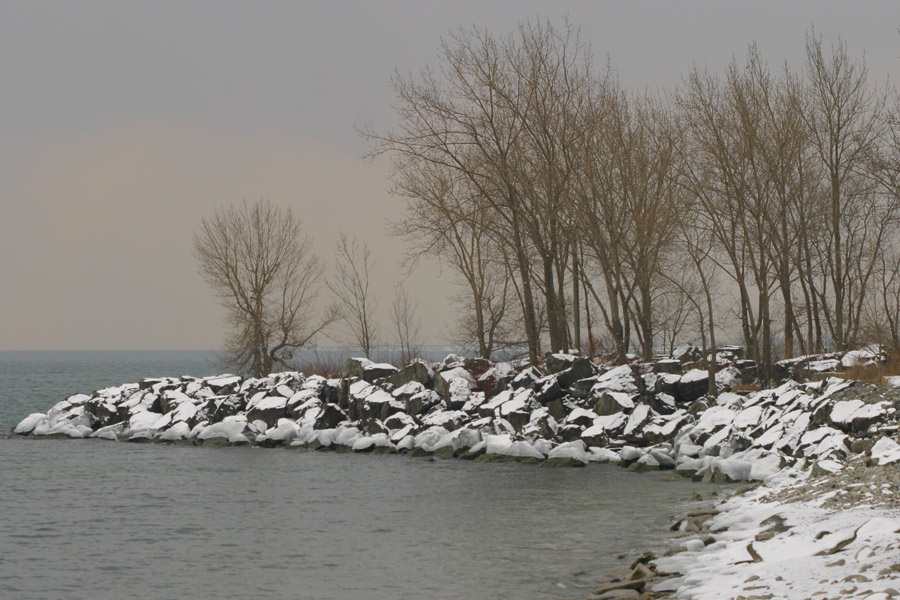
All is calm on the lake side of Ashbridge's Bay today. A greyish day, but the sun did come out for a while.
Ah. Warmth from the sun! It felt positively mild today at the beach, and I was able to stay out for a much longer time than usual. The afternoon started out grey, but as I walked along the path, the sun actually made an appearance and I swear there was enough blue in the sky to make a pair of pants.
Up until the past day or so, we had been experiencing a deep freeze. Temperatures hovering in the daytime around -10 C with windchills easily down to -18 C. Even colder overnight. Such cold temps allowed the Coatsworth Cut to completely freeze over, and the inner bay of Ashbridge’s to freeze over, too. Not surprising, then, that our swan friends, Penny and Tycho, were nowhere to be seen today. I can’t help but wonder where they go when this happens. My guess is they fly over to the Scarborough Bluffs, or perhaps the Leslie St. spit, but — of course! — I have no idea. Wherever they go, it can’t be too too far away, as they always come back as soon as there is open water. They don’t want to miss the free handouts at the Ashbridge’s Bay parking lot boat launch!
With no chance of seeing the swans, I wasn’t sure how my walk would turn out, but I had only gone a couple of hundred metres when I came upon a lovely sight. A single, perfect white feather caught in the bare winter branches of the shrubbery along the path. Here is the feather, below, shot with my macro lens.

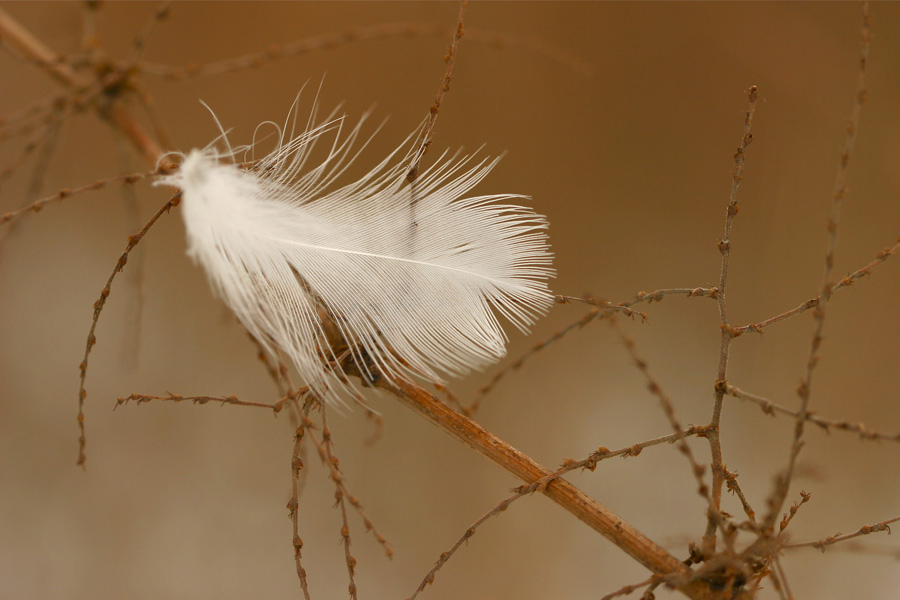
A perfect feather from an unknown source.
My walk continued uneventfully around the inner bay, so I headed out to the point, where the open water starts, to see what interesting ducks might be there. Mostly mallards — they’re so reliable! — lots of ring-billed gulls and a couple of American mergansers. They always make me laugh. The females always look like they were getting their thinning hair done at the beauty salon, when an incoming call told them their house was on fire, and out they dashed with their still-wet head of hair completely unstyled. The males, of course, are a different story. They have tremendous dignity with their fancy black-and-white suits and bright orange boots on. I’ll try to get a picture of Mergus merganser in the next few days, but even with a long lens they are very hard to get. If possible, they’re even more skittish than the gadwalls.
Along the lake side of the park loop, towards Woodbine Beach, I came across a tree whose fruit was glowing a warm russet colour as the sun came out for a few minutes. A quick perusal of my tree books makes me think these are the fruit of the common alder, Alnus glutinosa. If anyone knows for sure, please let me know.
As you can see from the picture, this tree is monoecious — that is, it has male and female flowers on the same plant. The long, thin structures are the male catkins, and the shorter woody parts that look superficially like tiny pine cones are last year’s female catkins. Birch trees are another native plant that are monoecious.

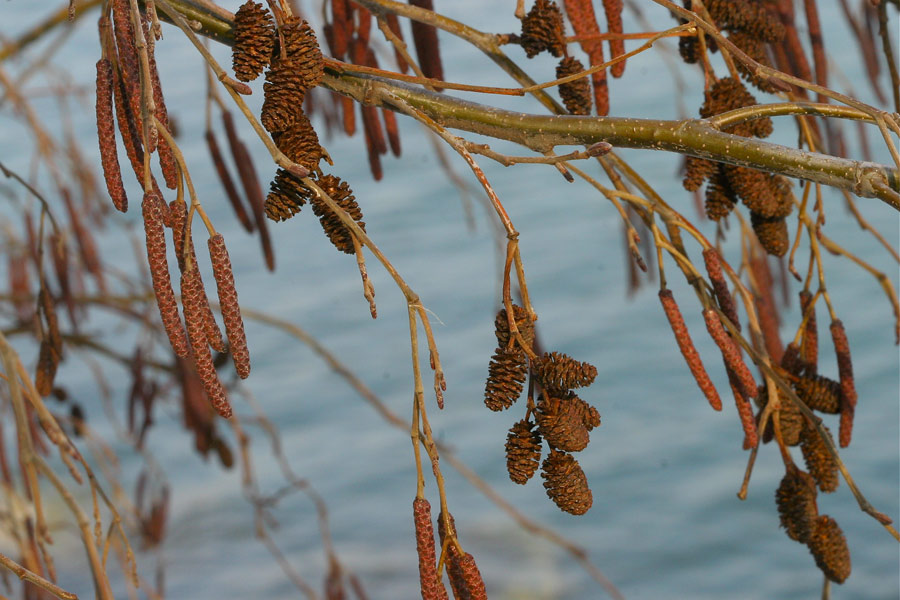
Male and female catkins of common alder, I think.

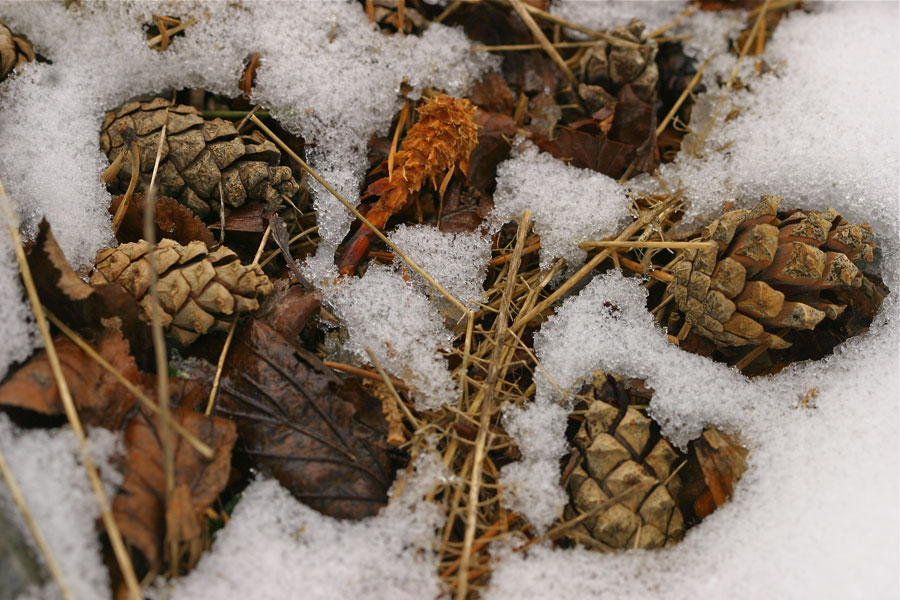

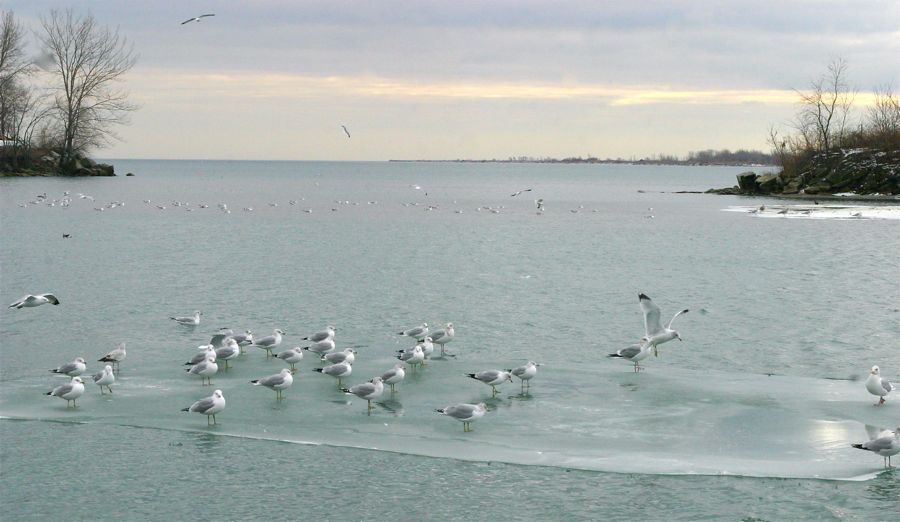


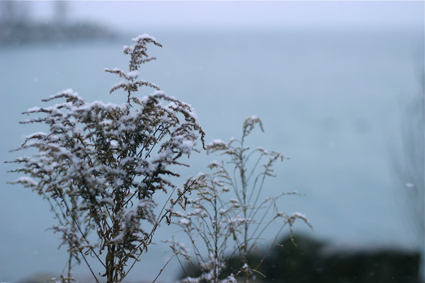
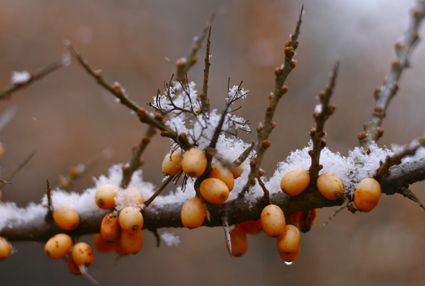
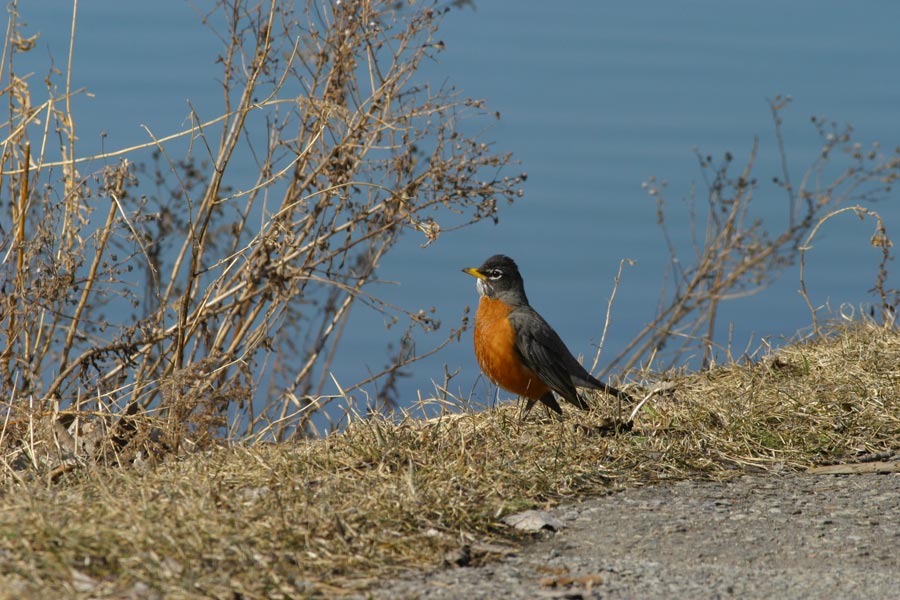

no comments